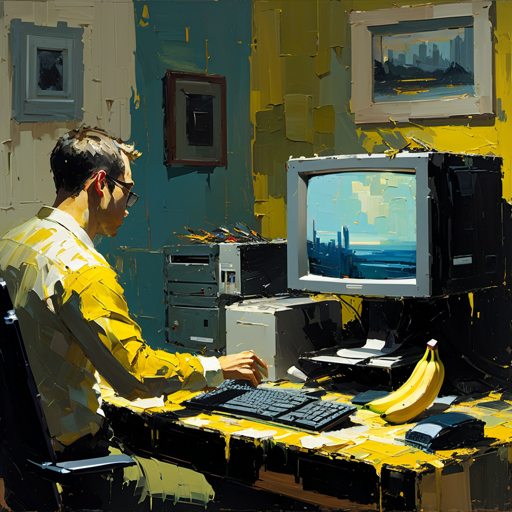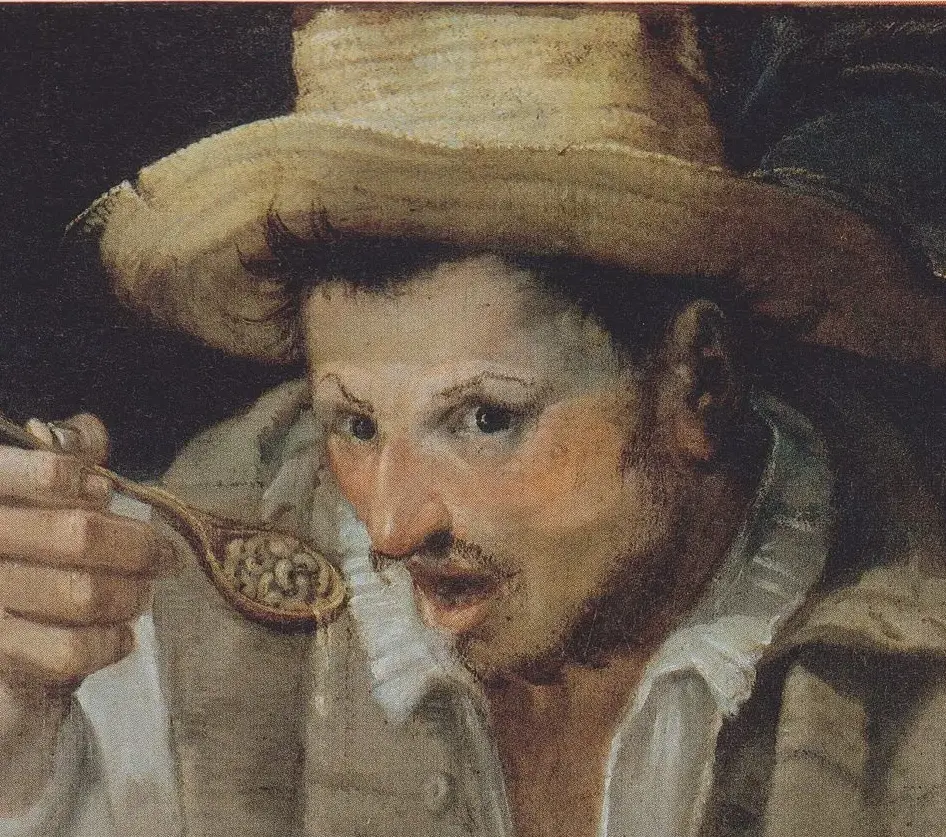

what a shitty story
Still a very green banana.


what a shitty story


what about the community senior centers that need building repairs/not up to code, have no nurse on staff, seniors are given food way past the expiration date without regard to diet restrictions/health conditions, medical care


reminiscent of The Painting commissioned for Breaking Bad


Sergei Arsenievich Vinogradov (Russian: Сергей Арсеньевич Виноградов; 1869–1938) was a Russian-Soviet Impressionist painter; known for landscapes, genre scenes and interiors.
Impressionism was a 19th-century art movement characterized by relatively small, thin, yet visible brush strokes, open composition, emphasis on accurate depiction of light in its changing qualities (often accentuating the effects of the passage of time), ordinary subject matter, unusual visual angles, and inclusion of movement as a crucial element of human perception and experience. Impressionism originated with a group of Paris-based artists whose independent exhibitions brought them to prominence during the 1870s and 1880s.
The Impressionists faced harsh opposition from the conventional art community in France. The name of the style derives from the title of a Claude Monet work, Impression, soleil levant (Impression, Sunrise), which provoked the critic Louis Leroy to coin the term in a satirical 1874 review of the First Impressionist Exhibition published in the Parisian newspaper Le Charivari.[1] The development of Impressionism in the visual arts was soon followed by analogous styles in other media that became known as Impressionist music and Impressionist literature.
Some commentators have compared Gonsalves’s surrealistic style to that of Salvador Dalí or René Magritte. His paintings typically depict two scenes with visually similar features that mingle with each other. One of them, for example, shows an evening view of Manhattan on one side and a snowing pine tree forest on the other, with the buildings with their window lights gradually becoming pines with snowfall over them. In another, candles placed over rocks on a lake gradually become lighthouses.
Magic realism, magical realism or marvelous realism is a style or genre of fiction and art that presents a realistic view of the world while incorporating magical elements, often blurring the lines between fantasy and reality.[1] Magical realism is the most commonly used of the three terms and refers to literature in particular.[2]: 1–5 Magic realism often refers to literature in particular, with magical or supernatural phenomena presented in an otherwise real-world or mundane setting, commonly found in novels and dramatic performances.[2]: 1–5 In his article “Magical Realism in Spanish American Literature”, Luis Leal explains the difference between magic literature and magical realism, stating that, “Magical realism is not magic literature either. Its aim, unlike that of magic, is to express emotions, not to evoke them.”[3] Despite including certain magic elements, it is generally considered to be a different genre from fantasy because magical realism uses a substantial amount of realistic detail and employs magical elements to make a point about reality, while fantasy stories are often separated from reality.[4][5][6][7][8][9][10] Magical realism is often seen as an amalgamation of real and magical elements that produces a more inclusive writing form than either literary realism or fantasy.[5]


as a computer technician this hit home so hard
thanks to the artist


same with all modern pcie 4.0 or higher gpus
rebar is now standard
https://www.nvidia.com/en-us/geforce/news/geforce-rtx-30-series-resizable-bar-support/
very hard to believe this pastor is genuine especially in Missouri
like believing a prosecutor is going to stand with the citizens instead of supporting cops and the corporate interests they protect and serve